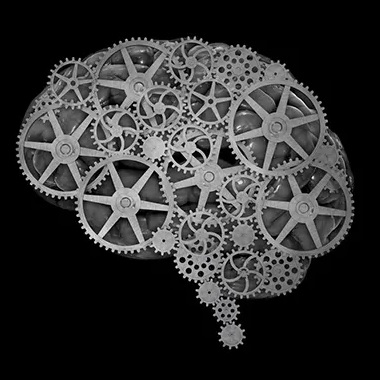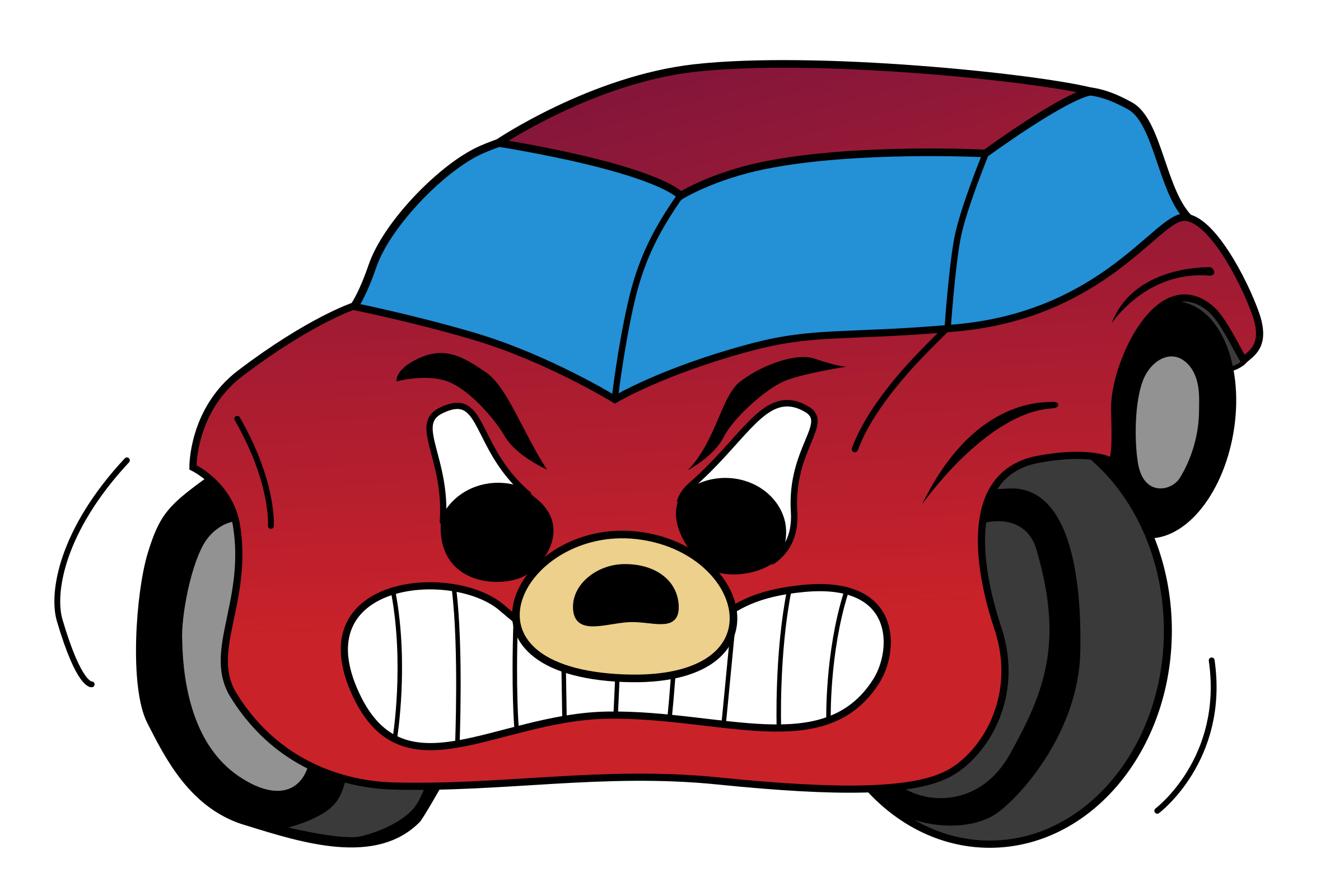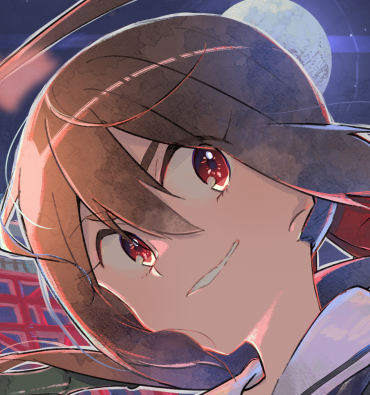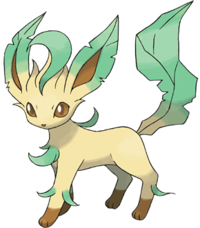As an English speaking person who recently got into learning Japanese, I was intrigued by the use of the three writing systems: Kanji, Hiragana and Katakana, however I could not truly understand why it is that way. I do know a bit about the history of these languages but that is not what I am interested in knowing; I wish to know what purpose these three separate systems serve in these current times to justify their existence of used simultaneously as compared to other languages having a singular writing system.
I tried to research a bit about this topic, but I couldn’t get a satisfactory answer. I thought Hiragana was supposed to be used for native words and Katakana for foreign words, but this assumption didn’t quite fit what I saw while reading manga or watching anime. I once saw someone say how Kanji was incredibly essential to the Japanese language, but I couldn’t grasp the reason, considering how these Kanji characters were seen with their hiragana pronunciation as a side-note, I knew it wasn’t worth just thinking about the explanations by myself, thus I thought of the idea of this post.
I wish to learn about the use of these writing systems from the perspective of a person who knows both Japanese and English well, is aware of how these systems are used in practical daily life and understands the trouble of someone brought up in an English medium, unable to grasp the significance of this system. This is my genuine curiosity and I do not mean to belittle the use of this system in any way.
When Japan began interacting with China, Japan did not have a writing system. So Japan had to adopt Chinese characters and shoehorn it into their own language, in order to be able to trade with China and stuff. They later invented their own writing systems. But kanji kind of just continued to hang around. I imagine that part of it is just because kanji was already so ingrained that it became difficult to get rid of. It’s kind of like saying why don’t we fix English to get rid of all the weird letter combinations and make it more phonetic? It’s kind of a big undertaking.
Kanji is also very economical from a perspective of how compact it is and how quickly it can be read. You can fit a ton of information in a very small space, and you can understand the words at a glance.
There is a funny thing among Japanese learners. Ask a beginner their thoughts on kanji, and they will often complain about how difficult it is to learn, and how it doesn’t make sense to keep kanji around. Then take someone who has spent several years studying and become fairly proficient, and ask them to read a passage that is entirely in hiragana or katakana. That person will likely complain about how difficult it is to read, because they have to look at each individual character and sound out the words.
Readingallkanafeelslikereadingenglishwiththespacesandpunctuationtakenoutyoucandoitbutitsweirdandmoredifficultbecauseitsnotwhatyoureusedtonorhowthelanguagehasevolved
Why do you use Arabic numerals (0, 1, 2 …) when the historical symbols for your language are I, II, III, IV, V… ?
You in fact have multiple symbol sets in your language already. You just don’t notice the difference because it’s what you grew up with.
People always seem confused about the redundancy of having Hiragana/Katakana when they both mean essentially the same thing.
But then I point out that we have Upper/Lower case letters.
We probably should point out that the symbol & means “Et”. As in “Et cetera”. Or Latin for “And”.

English Symbology is fun.
Those are all recognizable as the letters e and t though
Even the first?
Yeah. These are all the same symbol. The first time I saw the second one, the first one clicked.
Upper and lower case are part of the same written script and serve distinct purposes (emphasis, indicating proper nouns and beginnings of sentences, etc)
Hiragana and katakana are more distinct
I know hiragana and katakana are used differently than upper/lower case, but I honestly don’t see how they’re that much more distinct than upper/lower case. They’re differently distinct, but I wouldn’t say more.
This blog and the Wikipedia are good starting points. I don’t speak Japanese, but I do speak Chinese and have a background in linguistics so am peripherally aware of what’s going on so take that with as much salt as you need.
It’s useful to note that there were multiple attempts to go the “Oops! All kana” route or use romaji, but for a variety of reasons cultural, political, and linguistic, those didn’t pan out. Writing systems are deeply informed by a specific historical and social context, and what at first seems like irregularity or unneeded complexity, are often actually the traces of that history marked on the language.
As for issues like why katakana is used for non-foreign words too, I thinks it’s best to think of language feature less as strict rule followers and more like a species in its ecological niche. Katakana is very good at rendering foreign words in Japanese, but if it finds some unfilled gap that isn’t being better filled by some other feature people will use it to to fill that gap too. When the semicolon was developed in English no one imagined at the time we’d use it to do this ;-) but here we are.
I love the semi-colon example
;-)
PAIN
All joking aside, Katakana and Hiragana are a bit like having lower case and uppercase letters, Kanji is like having symbols for specific things, like the save icon means “Save a file”
As a fluent Japanese speaker, I’ll give you context. Nearly all of Kanji and many words in the Japanese language have Chinese roots (in fact Kanji itself means “Han Chinese letter” in a literal sense). Of course many characters are variants when compared to Traditional or Simplified Chinese, and in terms of complexity, Japanese Kanji sits between the two.
In speaking, there are two categories of reading characters onyomi and kunyomi. Kunyomi is the unique Japanese way of saying things, and onyomi is saying a word in a way derived from Chinese. Telephone is 電話denwa in Japanese vs. 电话 dianhua in Mandarin, Society is 社会 shakai in Japanese vs. 社会 shehui in Mandarin. See how they line up closely?
Now, the question is when do you use which? As a general rule of thumb, when multiple are combined together, you use the onyomi (Chinese-derived way like the above examples). When by itself (many exceptions apply) or when followed by hiragana letters (which is called okurigana) as part of the same word, then you use the kunyomi. I’m not going to complicate things further on this topic unless anyone has questions about something they wanna know more specifically.
Prepositions and connector words in English (and, is, have, to, with, not, do, will, you get the idea) use hiragana only.
Borrowed words from foreign languages use katakana almost exclusively. Bear in mind that not everything came from English, so just putting English words with a lot of extra vowels is not sufficient to make a coherent Japanese sentence. パン (pan is from the Portuguese word for bread), and ピーマン (pi- man is from piment, the French word for pepper).
Japanese people kept kanji around because the letters give a descriptive meaning when read as written and helps reduce confusion when many words can sound similar. This was also the case for Korean (kanji is known as Hanja) and in other languages if you go back further in history, but it has largely fallen out of favour in modern times for those languages.
I’m happy to answer any followup questions about this for my fellow lemmings.
Just a learner of Japanese here. Japanese is difficult to read if written purely phonetically because there are a lot of homophones (words that sound the same with different meanings).
So typically kanji carries the root of words and kana is for all the grammatical parts, loan-words, and everything else. Hiragana/katakana duplicate each other but are no more redundant than lower/upper case.
Speaking as a learner, sometimes it’s easier to learn the kanji than the sound of the word so sometimes it can make learning to read easier.
About the homophones, it’s also worth noting that English does the same thing. It’s why we have “to, two, too” and “right rite wright write”.
Just instead of having inconsistent memorized spellings, Japanese has memorized symbols. 同, 銅, 道, 動, 堂, 胴, 洞, etc. all being pronounced the same way = way more need for complexity in order to tell them apart.Of course, yes, and that’s why I’m not much of an advocate for English spelling reform. Japanese has particularly a lot of them.
I say this without being a historian, but my understanding is that the written language was cobbled together by foreign Chinese scholars at a Japanese emperors request.
No expert here. Just a learner of the Japanese language. And a rusty one at that.
But at very least, most verbs and adjectives written in Japanese use a kanji character for the stem and hiragana following to spell out the part that varies depending on the verb form. (The “conjugation” if you will.)
(I’m not sure how much Japanese you know, so sorry if this is stuff you already know.)
For instance “食べます” (“tabemasu”) means “to eat” and is a formal form of the verb. “食べました” (“tabemashita”) is the past tense formal form. “食べた” (“tabeta”) is an informal past tense. And there are a lot of verb forms beyond that. The character “食” is pronounced “ta” in all these cases, though the kanji also conveys not just phonetic meaning but semantic meaning. The “ます” and “ました” etc give information like tense. (Though Japanese also has forms for “to want to” and for negation etc. And these forms can be combined to mean things like “I didn’t want to eat”.)
As for katakana, I think sometimes the use of katakana for Japanese native words is a style choice. It kindof feels edgy and fresh when a Japanese word is written on katakana. You might see that a lot in advertisements and logos or slogans. Similarly foreign (to Japan/China) words written in hiragana also might make them seem… I dunno… ancient and arcane or something? Though I don’t think that covers all uses of katakana for Japanese words either.
Katakana is a newer system than kanji or hiragana from what I understand. I think part of its function (aside from the exceptions) is to switch your brain into “oh shit this word is likely to be kindof awkward for Japanese speakers” mode so folks expect different kinds pronunciaton rules.
Hope that helps a little? I confess I don’t really know the full answer to your question either.
Having three writing systems makes it easier to seperate words when there’s no spaces to be found. S p a c e s l i k e t h e s e .
And incase you’re wondering, using only Hiragana with spaces is still pretty unreadable.
These three systems basically formed a Voltron of language if you will. Hiragana is commonly used to make up most of the sentence structure, katakana is commonly used for foreign words, and Kanji is most commonly used for nouns.
With their powers combined they make up sentences. As for the why, it largely has to do with tradition and history. Korean has shifted to a more easy to read/understand writing system, but in Japan it is much harder to do something like read a newspaper. Why? Because you either know the Kanji or you don’t. There is no sounding it out.
There are lots of exceptions to when to use certain writing systems. For example, sushi can be written like 送信, すし, or スシ in advertisements. I asked a Japanese friend about it and he basically said it just depends.
寿司 が好き (ʘᴗʘ✿)
I too ski des.
Huh, the third character in 送信 doesn’t render for me in Firefox on Android.
As someone who reads Japanese, reading all kana can be slow because you are reading one syllable at a time. It makes going back to old video games and reading children’s media tedious.
Once you know enough kanji though, you can read incredibly fast. Depending on the material, I can speedread faster in Japanese than I can in English.
This is because kanji is meant to be recognized at a glance rather than read in your head. The kana in Japanese sentence is supposed to provide grammatical context. So instead of reading “Inu ga ie ni nemashita” in my head, I’m seeing “Dog, in house, slept” from a glance.
So the downside to this system is that you’re spending most of your education learning every character you’ll need, but the upside is it can make reading very efficient once you have got it down. I think it’s part of the reason Japan still has a pretty robust book culture.
Honestly hiragana and katakana are no more arbitrary than lower and upper case letters.
Cursive and non Cursive could work too. I’m no good at Cursive, nor would I really be good at writing Japanese, Chinese, or Korean due to handwriting. Arabic would probably suck for me too.
Because the Japanese. That’s the snarky but concise answer.
The longer answer is for lack of better term, “social stubborness”. The Japanese way of doing things is to push ahead even if it is too difficult or irrational and very rarely to admit mistakes or retreat. The Chinese way of writing is already cumbersome and lossy. The Japanese partially adopted this script and then shoehorned their own homebrews to power through the deficiencies. I hope one day the Japanese do a proper writing script rationalization to get rid of this…abomination.








